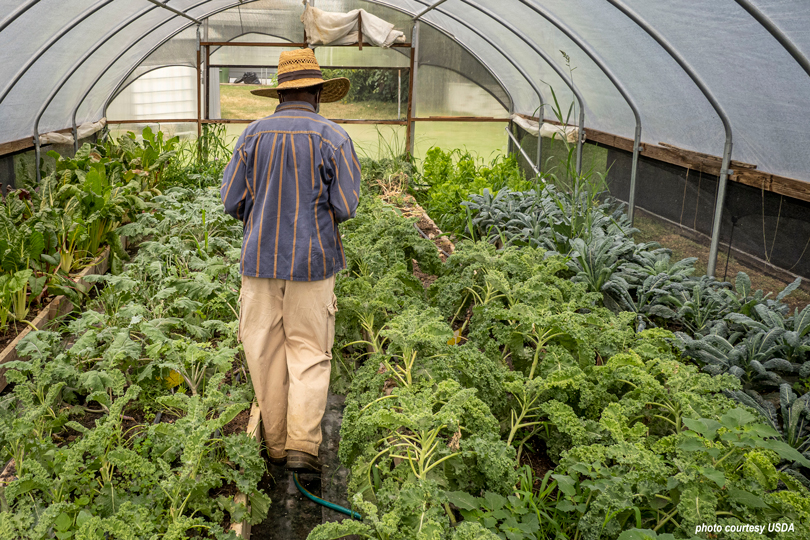By Jennifer Whitlock
Field Editor
The U.S. Department of Agriculture (USDA) announced it will provide $67 million in competitive loans through a new Heirs’ Property Relending Program (HPRP).
The program aims to help farmers and ranchers resolve heirs’ property land ownership and succession issues, which U.S. Secretary of Agriculture Tom Vilsack said disproportionally affects minority landowners, particularly Black farmers and ranchers.
“While those affected are in all geographic and cultural areas, many Black farmers and other groups who have experienced historic discrimination have inherited heirs’ property,” he said. “USDA is committed to revising policies to be more equitable and examining barriers faced by heirs’ property owners is part of that effort. This helps ensure that we protect the legacy of these family farms for generations to come.”
Heirs’ property is a legal term employed when someone dies intestate, or without a will, indicating all heirs hold a common and equal interest in a parcel of land. The inherited property doesn’t have a clear title or documentation of legal ownership, so while heirs have the right to use the property, they don’t have a clear or marketable title for the land.
It is often difficult for farmers and ranchers of land owned under heirs’ property to establish farm numbers required to participate in various USDA programs, including farm lending, disaster relief and conservation programs.
The barrier to access was addressed in the 2018 Farm Bill, which authorized USDA to use alternate documentation for heirs’ property farmers and ranchers to establish a farm number. Vilsack said HPRP will help heirs’ property farm operators even further in participating in USDA programs.
Issues of heirs’ property are common among Black landowners because in the post-Civil War era and early 1900s, Black families often lacked access and funding to legal representation and consultation, according to Prairie View A&M University (PVAMU) Agriculture and Natural Resources Program Leader Dr. Clarence Bunch. Ownership of the land becomes more complex as shares become increasingly fractionated through distribution among different family lineages over generations, often resulting in dozens or hundreds of individual shares.
Through the HPRP, intermediary lenders like cooperatives, credit unions and nonprofit organizations can apply for loans up to $5 million at 1% interest when the Farm Service Agency (FSA) opens a two-month signup window later this month.
Heirs may apply directly to those lenders for loans and assistance to resolve title issues. Lenders will provide financing to purchase or consolidate property interests and financing costs associated with succession plans. USDA said this may include costs and fees associated with buying out fractional interests of other heirs in jointly owned property to clear the title, as well as closing costs, appraisals, title searches, surveys, mediation and legal services.
“This relending program provides access to capital to help producers find a resolution to these issues,” USDA said in the press release announcing HPRP. “It will also keep farmland in farming, protect family farm legacies and support economic viability.”
The heirs may not use the loans for land improvement, development, acquisition of buildings or personal property, repairs, operating costs or finders’ fees.
More information on heirs’ property is available from USDA in this fact sheet and on this webpage.
Click here for specific information on HPRP, along with expected updates as more details become available.
A program at PVAMU, Sustainable Forestry African American Land Retention, helps forestland owners manage forestland and provides education for families seeking to avoid or resolve heirs’ property issues. Information for interested Texas forestland owners is available online.


There are firms that specialize in helping people establish their ownership interest in property. Perhaps the best known is Heir Hunters International of Los Angeles, CA. If you need help in your efforts to prove your heirship rights, reach out to a firm to aid your efforts.